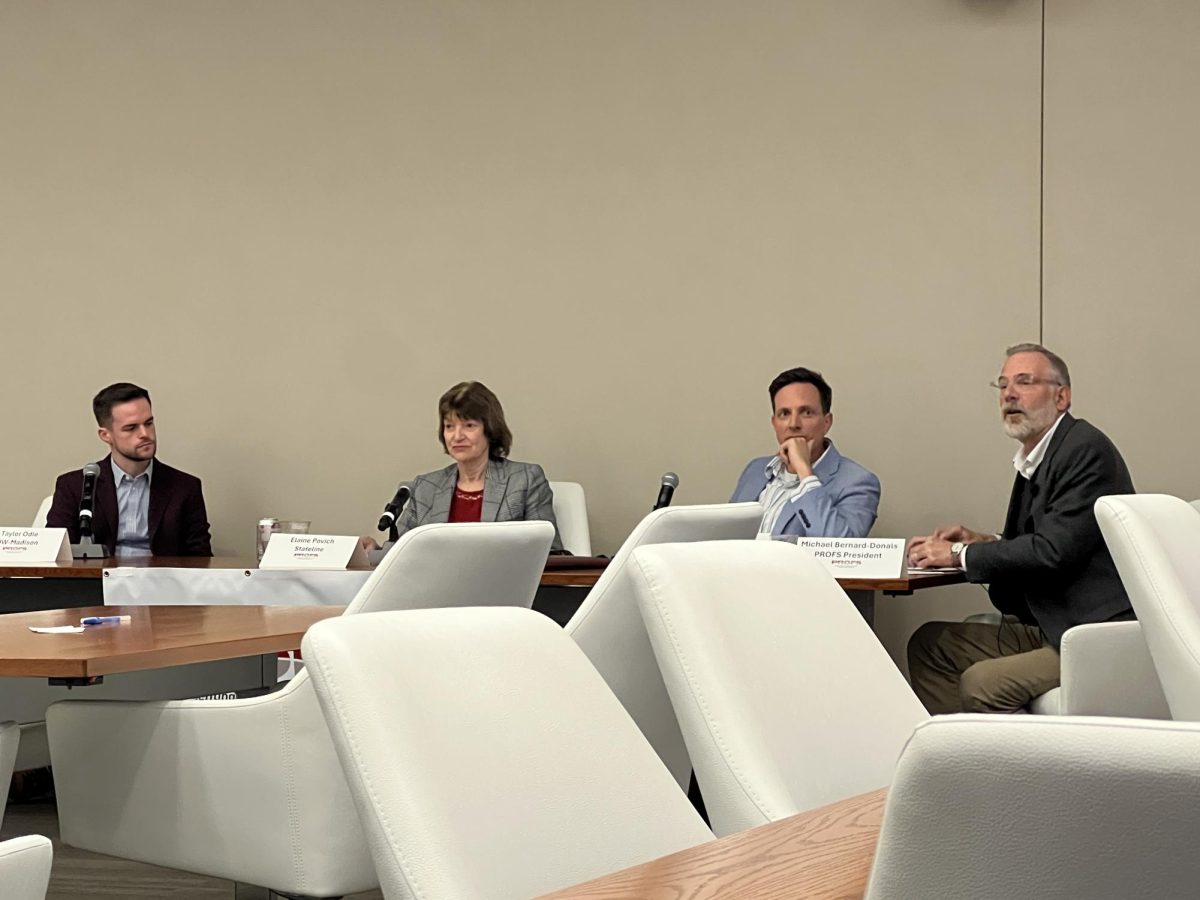The union membership rates in Wisconsin have dropped over the past year, following a long-time national trend in union membership decline.
A report from the federal Bureau of Labor Statistics showed Wisconsin’s union membership rate dropped from 13.3 percent in 2011 to 11.2 percent in 2012. The range of rates in other states varies widely – the lowest is 2.9 percent in North Carolina, while the highest rate is 23.2 percent in New York.
Nationwide, the rates dropped from 11.8 percent in 2011 to 11.3 percent in 2012. That is much lower than the 20.1 percent rate in 1983, when the BLS began collecting this statistic.
In the private sector, the rate dropped from 6.9 percent in 2011 to 6.6 in 2012, while the public sector saw a decline from 37.0 in 2011 to 35.9 in 2012.
The decline in unionization nationwide began in the 1980s, according to Marquette University business professor Cheryl Maranto. At that time, employers in the private sector started opposing unions “much more aggressively” than they had before. Employers also began moving or expanding operations internationally, particularly in manufacturing, a sector that traditionally had high unionization rates, she added.
The large opposition to unions from some legislatures – like that seen in Wisconsin in 2011 – is fairly recent, and if it spreads, it could have a large impact on unionization in the U.S., she said.
“We’re at a pretty major juncture in the history of labor relations,” Maranto said. “The public sector had been the last bastion of unionization, and now clearly we’re seeing what could be the beginning of a more precipitous decline in membership.”
Wisconsin was once again in the national media with this data, with media outlets portraying the drop happening in Wisconsin, Michigan and Indiana as an effect of those states passing laws limiting unions.
In Wisconsin, that law brought tens of thousands of protesters to the Capitol and sparked a historic number of recall elections, including an unsuccessful attempt to unseat the governor.
A Dane County judge struck down parts of that law in September under the state’s constitution. But last week, a federal appeals court upheld all parts of the law under the U.S. Constitution, disagreeing with a March federal district court decision.
The appeals court upheld a requirement that unions recertify in yearly elections, where unions would need a majority of members – not just those who voted – to agree to recertify.
The first round of elections happened in early 2012, but with the March federal district court decision, the recertification elections have since stopped. There are still a number of legal issues that need to be worked out before they restart, Wisconsin Employment Relations Commission Chief Legal Counsel Peter Davis said.
Although some unions, including many of the larger ones, decided not to keep their official status when the elections were taking place, many employees still consider themselves members of those now unofficial unions.
BLS economist Karen Kosavonich said the BLS household survey simply asks whether or not a person is part of a union. In other words, that part of the law may not have had an impact on this data, as somebody who considers themselves part of a union – official or not – will show up on the data, Kosavonich said.
She did not rule out that the law had an adverse impact on union membership rates, although she cautioned in small states like Wisconsin, the sample size is much smaller. As a result, the drops in some states may not be statistically significant, and it is hard to “pinpoint” what may have led to changes.
If one part of the law may have led to Wisconsin’s drop, it was likely the option for public employees to opt out of automatically being union members, University of Wisconsin law professor Richard Heymann said.
“To the extent that people are given a choice on whether they want to belong in a union or not when they never had that choice before, the ones that don’t want to are going to be out,” he said.
















